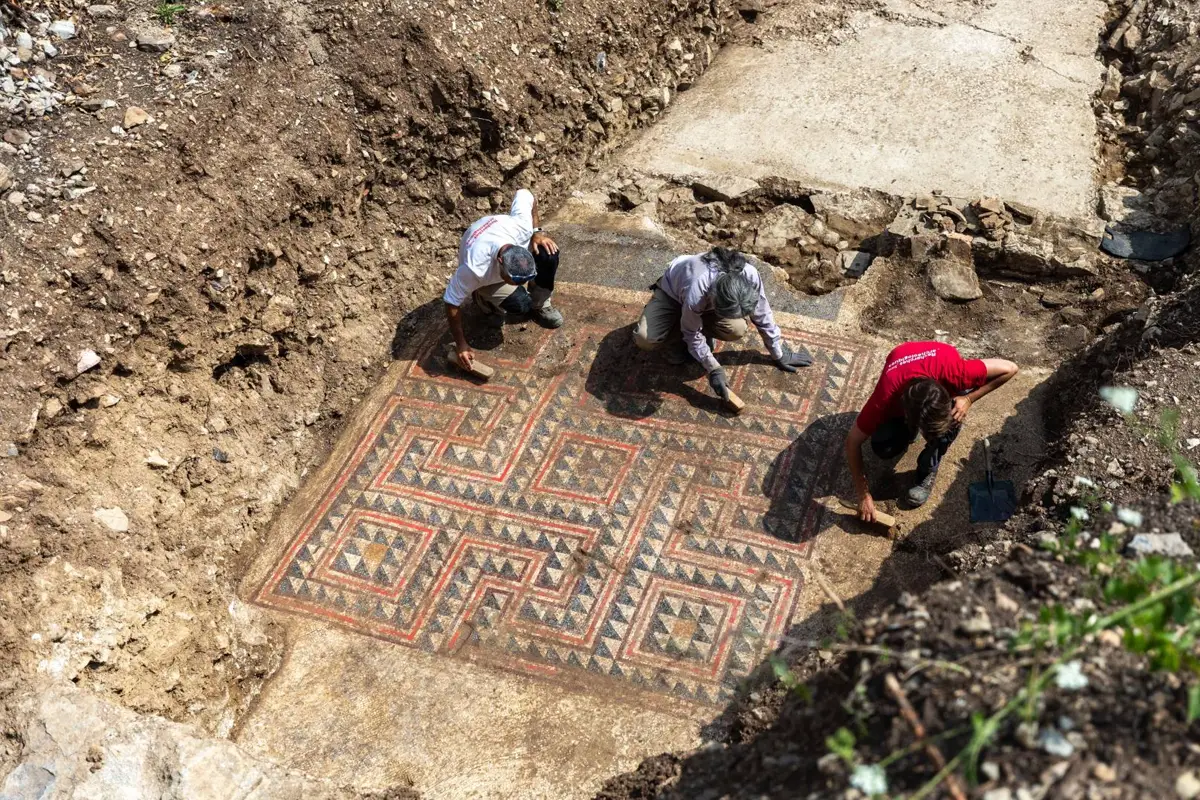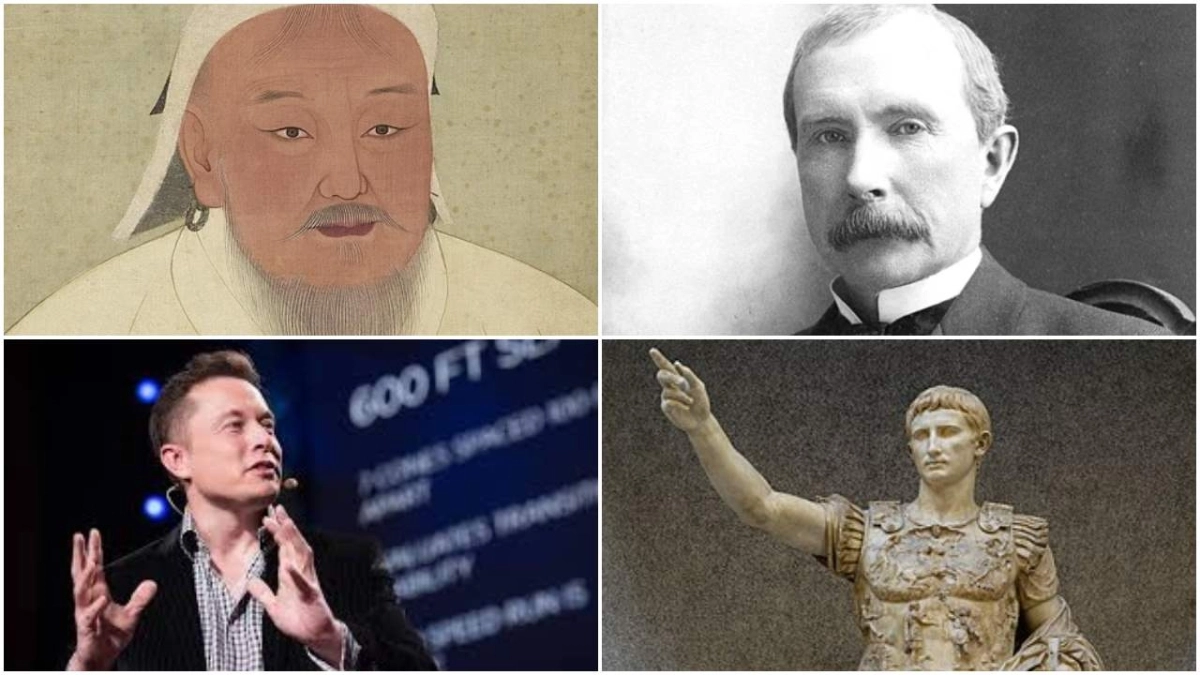Luzia Woman, an enigmatic Paleo-Indian skeleton from the Upper Paleolithic period, has captivated the world since her discovery in 1975 in Lapa Vermelha, Brazil. Unearthing the ancient past, this remarkable find has led to numerous questions and debates among archaeologists and scientists about her origins, ancestry, and the early human migrations to the Americas.
The Discovery of Luzia
Luzia Woman owes her name to the Ethiopian fossil "Lucy," discovered a year earlier in 1974. Annette Laming-Emperaire, the archaeologist who found Luzia, believed this ancient woman lived approximately 11,500 years ago in south-central Brazil. Some experts argue that Luzia might have been part of the first wave of immigrants who ventured into South America, adding to the intrigue surrounding her origins.
Luzia’s skull. Photo Credit
Discovery Details
Luzia's remains were uncovered during a joint French-Brazilian expedition working near Belo Horizonte, Brazil. She was found in a rock shelter, with her skull separated from the rest of her skeleton and buried beneath layers of mineral debris and deposits. Intriguingly, no other human skeletons were discovered at the site, although numerous tools were found in close proximity.
3D model of Luzia’s face. Photo Credit
Luzia's Profile
Forensic analysis suggests that Luzia was in her early twenties at the time of her death. What sets her apart from most Native Americans and their Siberian predecessors is her strikingly distinct facial features. Some anthropologists, including renowned forensic facial reconstruction expert Richard Neave, liken her features to those of Negroids, Indigenous Australians, and the Negritos of Southeast Asia. Walter Neves, an anthropologist from the University of Sao Paulo, theorized that her ancestors resided in Southeast Asia for thousands of years after migrating from Africa. Luzia's unique characteristics continue to fuel debates about early human migration patterns.
Speculative Reconstructions
Computerized facial reconstructions of Luzia have been created, offering glimpses into what she may have looked like during her lifetime. These reconstructions depict a woman with intriguing features, sparking the imagination and curiosity of researchers and the public alike.
A sculpture of the possible features of Luzia. Photo Credit
The Journey to Washington, D.C.
After her discovery, Luzia was transported to the National Museum of Natural History in Washington, D.C. In 1995, a dedicated team of anthropologists began the painstaking process of drawing up a profile of Luzia, using her remains as a window into the distant past. This endeavor has led to a deeper understanding of her and her significance in the history of the Americas.
Luzia Woman's discovery remains a remarkable archaeological find, shedding light on the ancient history of the Americas. Her distinctive features and mysterious origins continue to captivate researchers and enthusiasts, sparking ongoing investigations into the early human migrations that shaped the continent. Luzia stands as a testament to the enduring quest for knowledge about our shared human heritage, reminding us that the past is never truly lost but is patiently waiting to be unearthed and explored.










